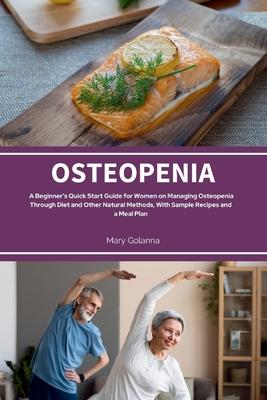Bone health is critical for maintaining an active and independent lifestyle. The human skeletal system supports movement, protects vital organs, and acts as a reservoir for important minerals such as calcium and phosphorus. Over time, if bones lose their density, they become weaker and more susceptible to fractures and breaks, especially with advancing age. Osteopenia represents this gradual loss of bone density, often without any immediate symptoms, making it a silent condition.
Understanding osteopenia is essential for anyone looking to maintain overall wellness. By learning about this condition, individuals can take proactive steps to manage their bone health effectively. This guide aims to shed light on what osteopenia is, why it occurs, and how it can impact daily life.
Living with strong and healthy bones contributes significantly to quality of life. Knowing the factors that contribute to osteopenia, such as age, genetic predisposition, nutrition, and lifestyle choices, can empower individuals to make informed decisions. For example, incorporating more bone-healthy foods into one's diet or engaging in regular weight-bearing exercises can have a positive impact on bone density.
Moreover, managing osteopenia involves understanding its broader implications. With the right knowledge, individuals can reduce the risk of progressing to osteoporosis, a condition that can severely limit mobility and independence. By taking action now, one can enjoy the benefits of sustained bone health, staying active, and reducing the risk of fractures.
In this beginner's quick start guide, you will discover...Information about osteopenia Its symptoms and causes The difference between osteoporosis and osteopenia Natural ways to manage the condition How to manage osteopenia through dietKeep reading to learn more about osteopenia and taking control of your bone health.
